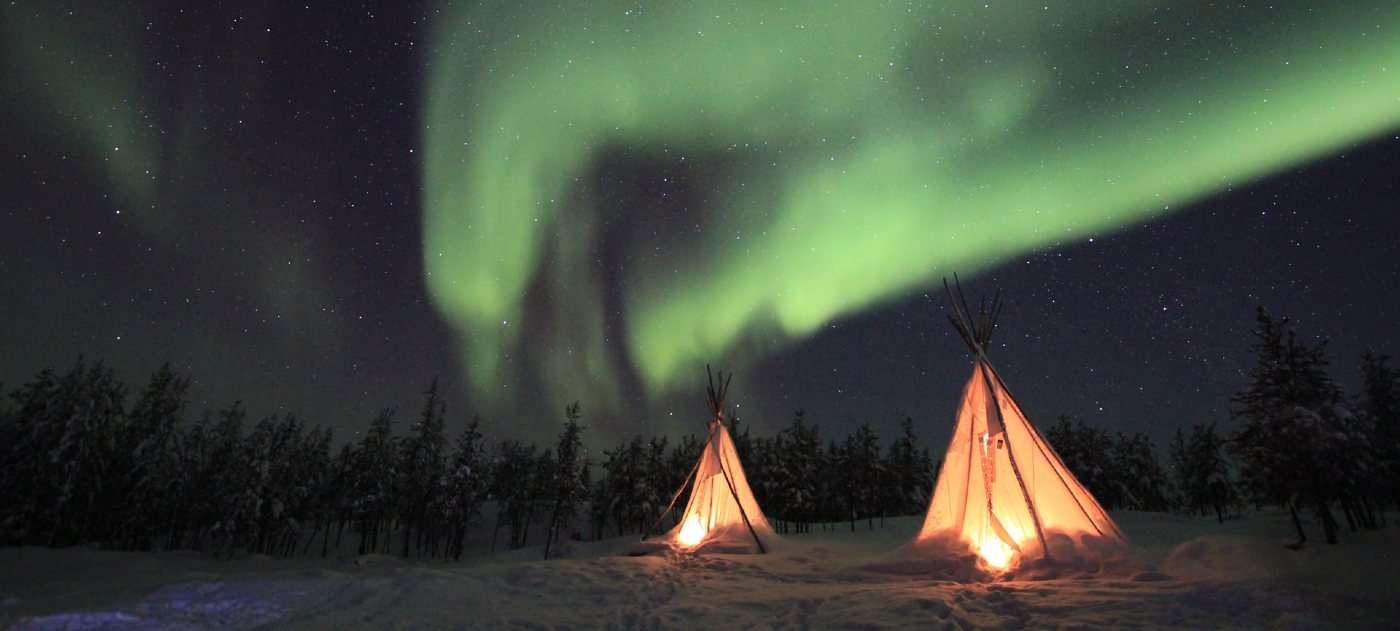When Toronto Pub Admits it Needs Rent Money, Neighborhood Swoops In to Buy its Entire Stock of Beer
Toronto's Swan Dive bar posted that it was struggling to pay the rent through the pandemic. So customers bought all its stock to help out.

A geomagnetic storm is set to send the northern lights rippling through the dark tonight, in an event so active it's predicted to reach much further south than Greenland or Iceland or Alaska.
Aurora watchers can expect to see green flashes when the sky turns dark on December 10, and again on December 11.
These shimmering bands of light may be visible in the following US locations, according to an October 9 alert from NOAA: northern Idaho, northern Iowa, Maine, Michigan, Minnesota, Montana, New Hampshire, New York, North Dakota, northern Pennsylvania, South Dakota, Vermont, Washington, Wisconsin and Wyoming, in addition to all of Alaska and Canada.
Known as the ‘Merry Dancers' in Scotland, the aurora borealis might also be seen in UK–as far south as the English Midlands.
The intensity of this week's northern lights is, according to meteorologists, because of a solar flare which recently sent charged particles towards our planet in huge numbers, and the strong solar wind coming from the geomagnetic storm.
Geomagnetic Storm Watches in effect Dec 9 - 11, 2020, due to anticipated CME effects. The CME occurred on December 7th, and was associated with a C7 flare from Region 2790. For the full story visit https://t.co/mzq8JTer8q @NWS pic.twitter.com/EKOKtiyz3e
— NOAA Space Weather (@NWSSWPC) December 8, 2020
Geomagnetic Storm Watches in effect Dec 9 - 11, 2020, due to anticipated CME effects. The CME occurred on December 7th, and was associated with a C7 flare from Region 2790. For the full story visit https://t.co/mzq8JTer8q @NWS pic.twitter.com/EKOKtiyz3e
The aurora is not the only exciting dark sky event on the near horizon. Other celestial gifts for December 2020 include the most active meteor shower of the year, the Geminids, to peak on the nights of December 13 and 14.
Then there's the 'Christmas star' conjunction–in which Jupiter and Saturn will appear closer to each other than they have in 800 years–on winter solstice.
SHARE This News With Other Dark Sky Fans…
Be the first to comment